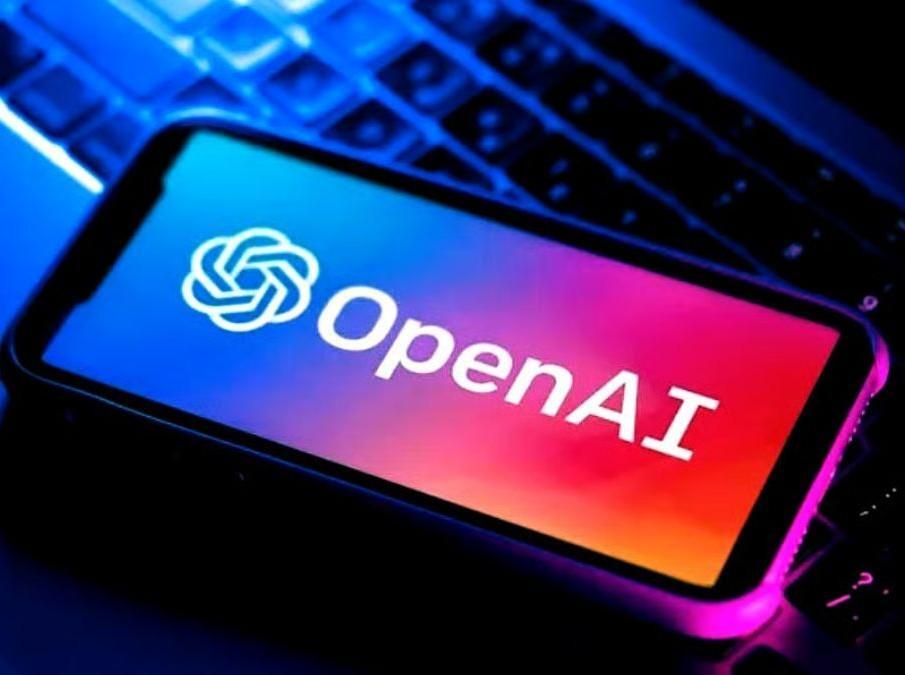
OpenAI Releases Downloadable AI Models for Public, Offline Use
In a groundbreaking move, OpenAI has released two AI models, gpt-oss-120b and gpt-oss-20b, for public use. For the first time since 2019, anyone can download and run the full model on their own computer, giving them complete control over the AI. This means that users no longer need to rely on internet access, expensive subscriptions, or even ask OpenAI’s permission to use these powerful AI models.
The release of these models marks a significant shift in the way AI is developed and used. Traditionally, AI models have been proprietary and controlled by the companies that create them. This has limited their potential for innovation and application. By releasing these models, OpenAI is democratizing AI, making it accessible to anyone who wants to explore, experiment, and build upon its capabilities.
So, what are gpt-oss-120b and gpt-oss-20b, and why are they significant?
What are gpt-oss-120b and gpt-oss-20b?
gpt-oss-120b and gpt-oss-20b are two AI models developed by OpenAI, a leading artificial intelligence research organization. These models are based on the transformer architecture, which is a type of recurrent neural network (RNN) designed specifically for natural language processing tasks. The “gpt” in the model names stands for “Generative Pre-trained Transformer,” which is a type of AI model that has been trained on a large corpus of text data to generate human-like language.
The main difference between the two models is their size and complexity. gpt-oss-120b is a larger model, with 120 billion parameters, while gpt-oss-20b has 20 billion parameters. The larger model is more powerful and capable of generating more coherent and nuanced language, while the smaller model is more lightweight and easier to train on smaller datasets.
Why are these models significant?
The release of these models is significant for several reasons:
- Democratization of AI: By releasing these models, OpenAI is democratizing AI, making it accessible to anyone who wants to use it. This means that developers, researchers, and individuals can use these models to build their own applications, without relying on expensive subscriptions or internet access.
- Offline AI: These models can be run offline, without the need for internet access. This makes them ideal for applications where internet connectivity is limited or unavailable, such as in remote areas or in situations where data privacy is a concern.
- Customization: With these models, users can customize the AI to suit their specific needs. They can train the model on their own dataset, fine-tune its performance, and even modify its architecture to better suit their application.
- Innovation: The release of these models will likely lead to a surge in innovation, as developers and researchers experiment with new applications and use cases. This could lead to breakthroughs in areas such as language translation, text summarization, and chatbots.
- Transparency and accountability: By releasing these models, OpenAI is promoting transparency and accountability in AI development. Users can examine the code, modify it, and even contribute to its development, which can lead to more trustworthy and responsible AI.
What does this mean for developers and researchers?
For developers and researchers, the release of these models opens up new opportunities for innovation and experimentation. Here are a few ways they can use these models:
- Build custom applications: Developers can use these models to build custom applications, such as chatbots, language translators, and text summarizers.
- Train and fine-tune models: Researchers can train and fine-tune these models on their own datasets, to improve their performance and adapt them to specific use cases.
- Modify the models: Developers can modify the models to suit their specific needs, by changing the architecture, adding new features, or integrating them with other AI models.
- Contribute to the community: Developers and researchers can contribute to the OpenAI community, by sharing their own models, datasets, and code.
Conclusion
The release of gpt-oss-120b and gpt-oss-20b by OpenAI marks a significant milestone in the development of AI. By making these models available for public, offline use, OpenAI is democratizing AI, promoting innovation, and showcasing the potential of AI for good. As the AI landscape continues to evolve, it will be exciting to see how these models are used and what new applications and use cases emerge.






